How is a carpet made?
Sheep’s wool, particularly from the shoulders and neck, known as cork wool, is the primary material in carpet making.
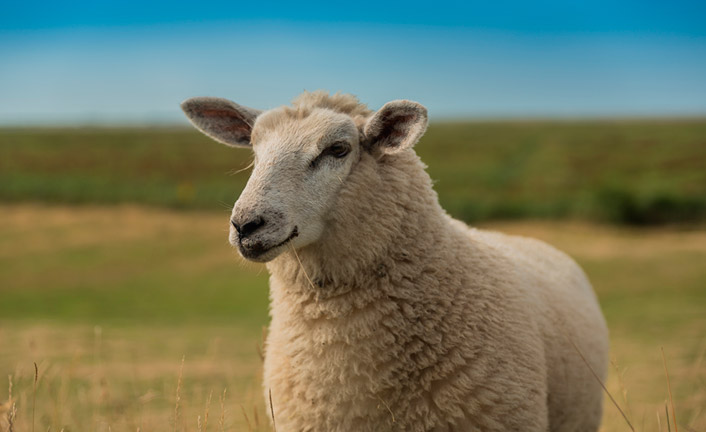
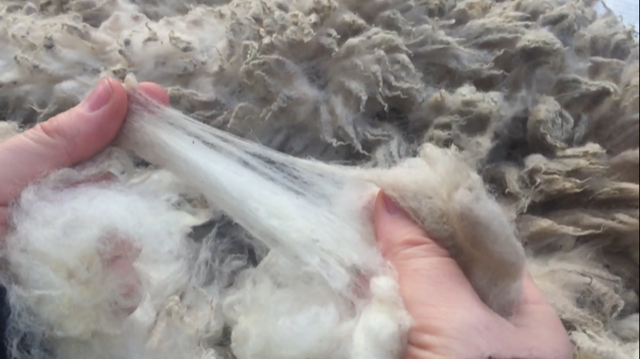
Post-shearing, weavers select the wool, differentiating sheep’s hair from wool upon close examination. The thread is then segregated to achieve uniformity.
The wool is river-washed, dried, and combed using a sharp instrument to detangle the fibers before spinning.
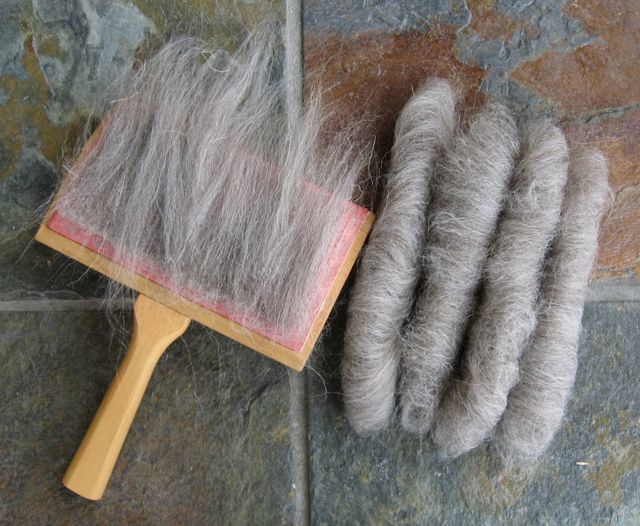
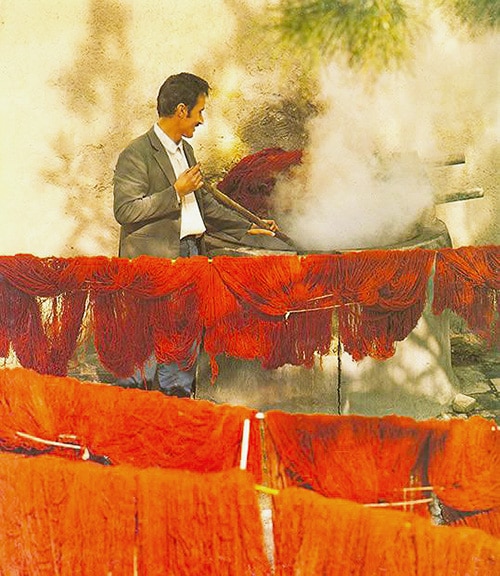
Dyeing is an art form. Wool threads are repeatedly submerged in a dye-filled container until a uniform shade is achieved.
Weaving commences thereafter. Carpets are woven on vertical or horizontal looms using a hook-shaped knife, a comb to solidify the weft and rows of knots, and scissors for pile cutting.
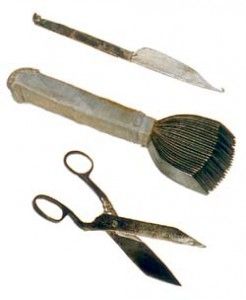
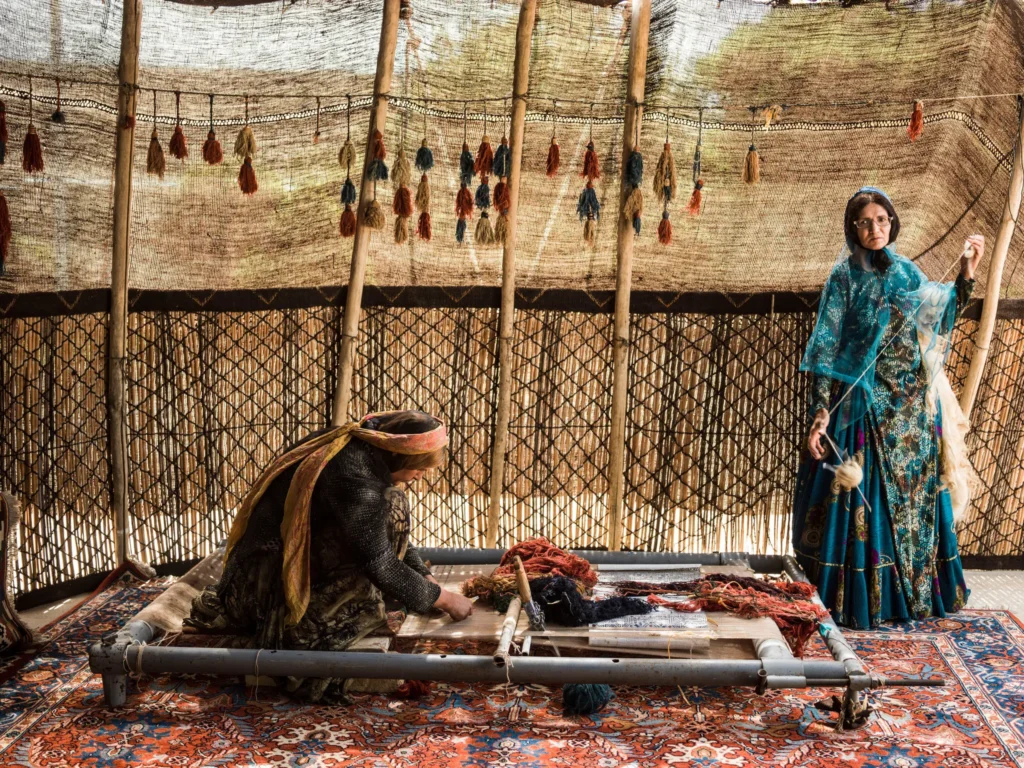

Weavers typically use a design card as a reference.
Upon completion, the carpet is washed to remove excess dye and dirt, then sun-dried to stabilize the colors.


Figalli Oriental Rugs
We do not sell rugs. We bring rare works of art to your home in the form of rugs.
Our services
You are Protected
Copyright © 2023 Figalli Oriental Rugs, All rights reserved. Desenvolvido por Agência DLB – Agência de Marketing Digital em Porto Alegre
